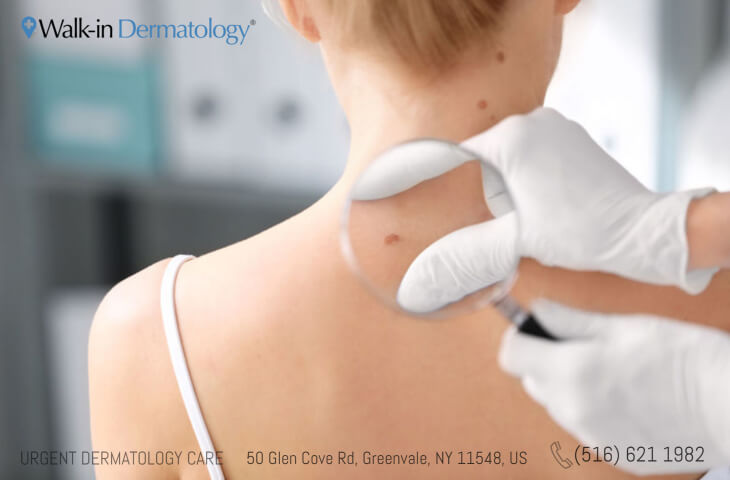Find a trusted dermatologist near you for treatment.
Find a trusted dermatologist near you for treatment.
Blog Article
Mohs Surgical Treatment Explained: A Key Procedure in Dermatology for Handling Skin Cancer Cells Successfully
In the realm of dermatology, Mohs surgery stands as a crucial procedure for combating skin cancer cells, particularly basic cell and squamous cell carcinoma. What exactly makes Mohs surgical treatment so efficient and just how does it contribute to positive person outcomes?
Recognizing the Essentials of Mohs Surgical Treatment
Although it might sound complex, Mohs surgical procedure is an exact surgical method utilized mainly to treat skin cancer cells. The main purpose of Mohs surgical procedure is to remove all cancer cells while saving as much healthy tissue as feasible. Its accuracy and high success price have made Mohs surgery a keystone in dermatology, providing hope to people worldwide.

The Procedure: Step-by-Step Malfunction of Mohs Surgical Procedure
While Mohs surgical treatment may appear daunting, understanding the step-by-step procedure can aid debunk the procedure. The treatment starts with the surgeon eliminating a slim layer of noticeable malignant skin. This layer is after that meticulously examined under a microscope for cancer cells. If cancer cells are discovered, the specialist gets rid of an additional layer of skin and the procedure is duplicated. This cycle proceeds up until no even more cancer cells are located, making certain the complete removal of cancer while protecting as much healthy skin as possible. The wound is then shut making use of stitches, a skin graft, or it might be entrusted to recover normally. Postoperative treatment is crucial to advertise recovery and display for any kind of indicators of reappearance.
The Advantages of Mohs Surgical Procedure in Skin Cancer Therapy
An excellent number of individuals have actually found the special benefits of Mohs surgical treatment in their fight against skin cancer cells. The treatment is commonly executed on an outpatient basis under neighborhood anesthetic, making it less tiring on the body than more invasive surgeries. skin cancer. Mohs surgical treatment provides an exceptional choice for effective skin cancer therapy.
Feasible Dangers and Problems Associated With Mohs Surgery
Despite its countless benefits, Mohs surgical procedure is not without prospective dangers and issues. Like all surgical treatments, it lugs a danger of infection, bleeding, and an adverse response to anesthetic. In unusual instances, people might experience nerve damages, bring about numbness or weakness in the area of surgery. There's also the opportunity of a reoccurrence or spread of skin cancer cells, especially if all cancerous cells were not completely removed throughout the procedure. Scarring is an additional issue, as it can be recognizable relying on the dimension and place of the treated location. Last but not least, the psychological influence of a skin cancer medical diagnosis and subsequent surgery need to not be underestimated, as it can cause anxiety and linked here clinical depression in some clients.
Preparing for and Recouping From Mohs Surgical Treatment: What to Expect
To make certain the most effective possible result from Mohs surgical treatment, people need to adequately get ready for the treatment and comprehend what to anticipate during healing. Prep work typically includes a thorough discussion with the doctor about the patient's case history, existing medicines, and potential allergies. Some medicines might need to be stopped prior to the surgical my company treatment to reduce blood loss. Postoperative care is crucial for effective healing. Individuals may experience mild pain, inflammation, or swelling, which can be managed with prescribed medicines. They are recommended to rest, avoid arduous tasks, and maintain the surgical site tidy and dry. Routine follow-ups are necessary to keep an eye on healing and discover any difficulties early. The key to healing is patients' adherence to their health care provider's instructions.
Conclusion

Report this page